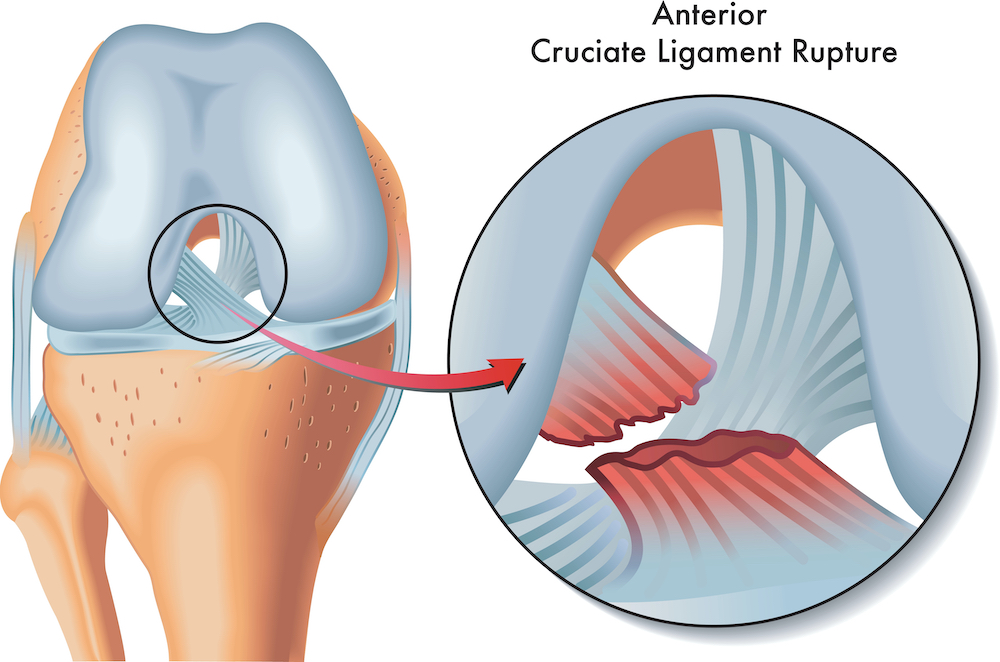Backward Bending Knees
What Are They?
Backwards bending knees (also known as genu recurvatum, congenital dislocation of the patella, or congenital knee hyperextension) is a rare congenital condition that affects as few as 1 in 100,000 births.
As the name suggests, when standing straight the knees are bent backwards beyond the normal range. The condition is very obvious when viewing the child standing side on.
In normal circumstances the knees have a small degree of rearwards flexibility, meaning that most people can bend their knees backwards by around 5 to 10 degrees using deliberate muscle contraction. In severe cases of genu recurvatum this backwards extension can be as much as 45 degrees.
This deformity can create significant and ongoing problems for mobility. It tends to be more common in females.
Symptoms
Severe hyperextended knee problems are obvious when the patient is viewed side on. Congenital conditions usually affect both knees and the patella will tend to sit facing upwards and outwards.
An injury resulting in knee hyperextension will cause significant pain particularly if an anterior or posterior cruciate ligament injury is sustained.
While chronic conditions develop more slowly the symptoms are similar and include.
- Poor stability of the knee joint
- Tight feeling or pinching in the front of the knee
- Knee pain or discomfort in the leg and rear of the knee
- Swelling and decreased flexibility and mobility
Causes
Backwards bending of the knee may be caused by congenital birth defects such as cerebral palsy and diseases such as polio.” remove the last sentence and finish the paragraph with weakness. Quadriceps muscle weakness is often seen as a result of a stroke.
Weakness or poor function of the quadriceps muscle group coupled with tightening of the hamstrings is the most common cause of genu recurvatum. When the quadriceps muscles aren’t able to provide the stability the knee needs to remain in a neutral position and the hamstrings are shortened or tight, the patient will lock their knees back. Over time this pattern can cause damage to the surrounding tissues and joints and develop into a chronic hyperextension pattern condition.
Issues such as Equinis foot posture or plantar flexion contractures can also contribute to the development of a knee hyperextension problem. In these cases the patient may have to force the knee back in order to get the foot flat on the floor resulting in the development of a backwards bending knee and damage to the knee joint.
A hyperextended knee injury is one of the most common causes of backwards bending knee in young active people. Where physical trauma forces the knee back beyond its normal range the damage may include fractures as well as damaged cartilage (meniscus), torn tendons and ligaments (anterior cruciate ligament).
Damage to these areas may render the patient more liable to hyperextension of the knee, so it’s important to ensure proper care is taken to achieve optimal levels of healing and function.
If untreated, genu recurvatum will tend to worsen and can lead to osteoarthritis in the knee and pain and over use injuries in the hip, thigh, lower leg and foot.
Treatments
Treatment depends on the cause and the severity of the condition. Your podiatrist has a range of effective tools and techniques to provide relief and lasting solutions for most hyperextended knee conditions.
Surgery and other medical interventions may only be required for the most serious birth defects and traumatic hyperextensions resulting from injury.
Strapping or a knee brace will provide stability for the knee joint and are helpful to limit further damage as well as provide immediate easing of knee pain.
This support will allow inflamed and damaged knee tissue to heal. Shockwave therapy and Dry needling are highly effective therapies for promoting rapid healing of damaged tissue and relief from knee pain and improving gait related knee pain.
Orthotic Treatment
Orthotics and other footwear supports such as heel lifts help retrain the knee to move and function in a better way allowing pain free gait.
Your podiatrist will provide you with muscle stretching and strengthening exercises to increase both knee and foot stability.
Erica Dash Podiatry: we offer effective, lasting solutions for problems associated with genu recurvatum

Shockwave Therapy
Shockwave is a great alternative to treatments such as dry needling if you’re needle phobic and not keen on dry needling. We also have effective treatment offers for kids.

Orthotics
If you experience foot, knee or leg pain in your daily activities then a professionally fitted custom orthotic could be the answer to your foot problems.

Dry Needling
Dry needle therapy can be very effective in treating a range of conditions including chronic muscle pain, neuromuscular problems, and sports injuries.
Schedule Your Appointment
Erica Dash Podiatry is family friendly treating a wide range of foot and leg complaints of patients of any age or stage of life - See All Podiatrists
Call us at 02 4367 0177 or fill out our online contact form to schedule your podiatry appointment today!

